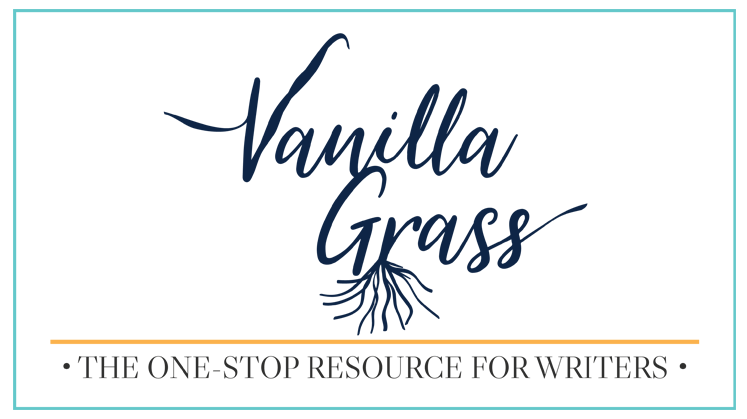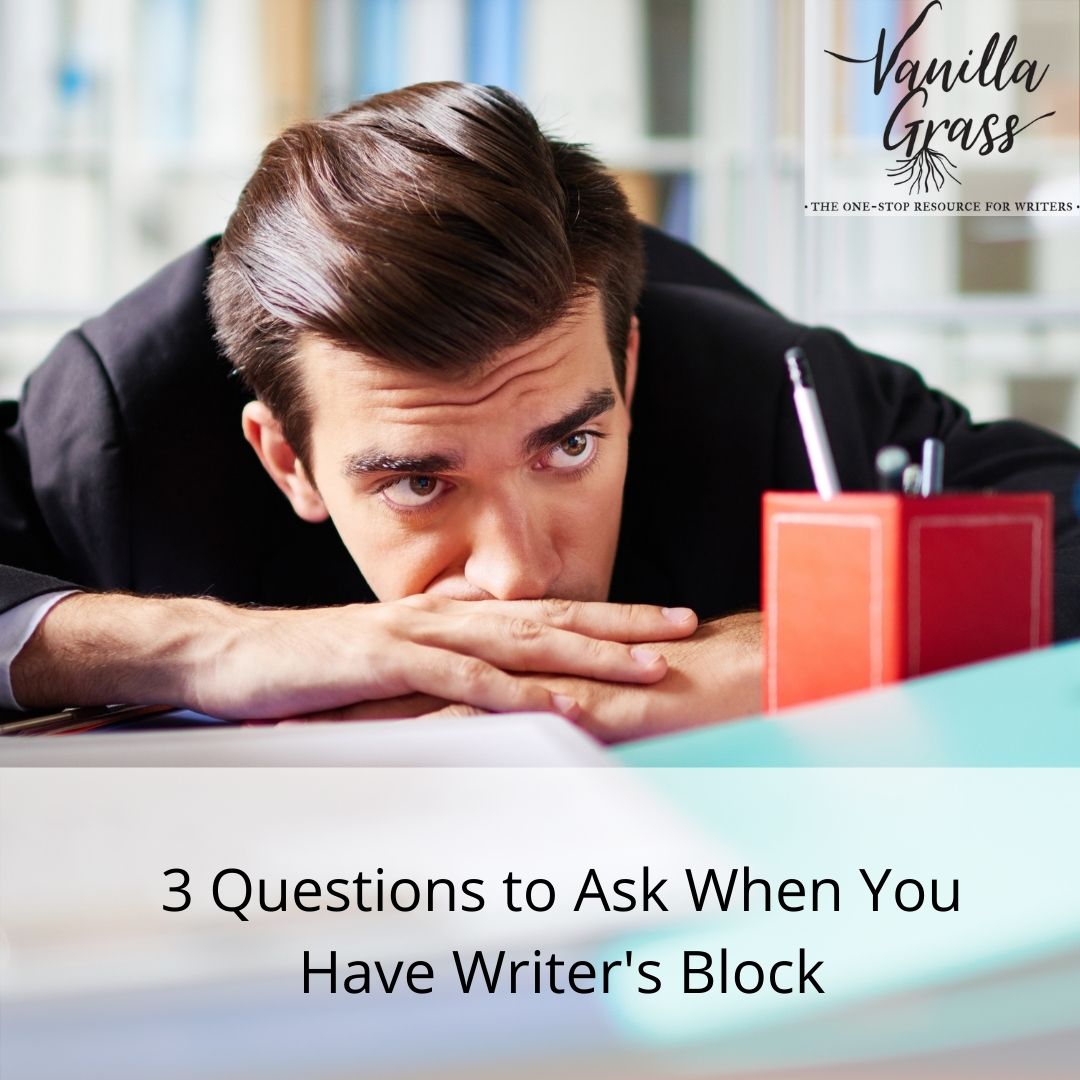Ever find yourself stuck in the book you’re writing and not knowing what’s going to happen next? Some call this writer’s block. Others call it a pain in the butt.
But (for this article) I’m going to call it an opportunity to explore your themes and characters better.
So how do you keep writing when you’re stuck?
By asking yourself one major question, that splits beautifully into three sub questions.
Mainly:
What Is My Character Doing?
Well, if I knew, I wouldn’t be here, mate.
Fair enough, sassy pants. But maybe you’re not asking this question the right way. So let’s break it down into three smaller questions and go over what it means to really answer them.
- What does she know? / What does she think she knows?
- What does she believe?
- What does she want?
First Question to End Writer’s Block: What Does My Main Character Know?

Or, even more telling, what does he/she think they know?
Sometimes, making a list of everything our character either knew coming in or has discovered along the way helps us realize where we need to take them next. Whether it’s to learn something new that integral for the story, or have them explore something that should have bothered them when they learned it in the first place.
Second Question to End Writer’s Block: What Does Your Character Believe?

I find it best to write down everything I can think of then label them in order from most important/impactful to least.
This is a great opportunity to double down on false truths and look at the story arc to see if your main character should be overcoming the lies they tell themselves, or wallowing in them.
When you pair these beliefs with things they know, it can also create some interesting character dynamics and give you some brain juice for ideas on where to send them next while avoiding places (emotional and physical) they’ve already been.
And Third Question to End Writer’s Block: What Does Your Protagonist Want?
And conversely, what does the villain want?

This is, arguably, the most important of the three. Because your character’s wants should be driving the whole story. But sometimes we get lost in the thicket of plot and forget about motivations.
This is the opportunity to step back and think about what really matters to your protagonist. Again, it is very helpful to brain spew on a piece of paper everything you can think of, then reorganize or label them from most important to least important.
Your villain’s motivations can factor into this and their main priorities should interfere with one another. A look at the four corners technique is a great place to help you figure these out if you’re not sure.
And voila! You should now have a good foundation for directing your character on their misadventures through personal growth!

